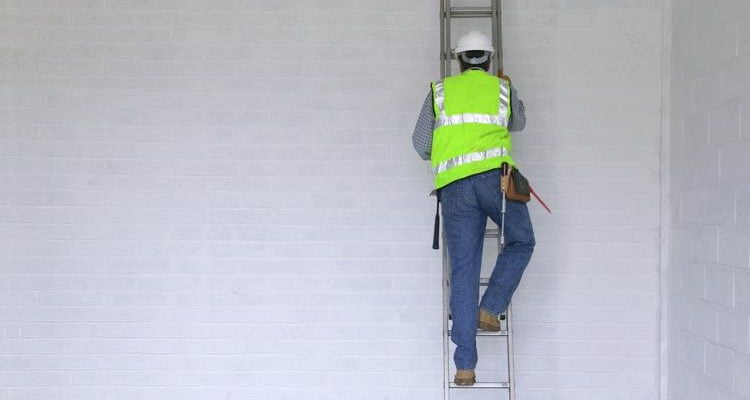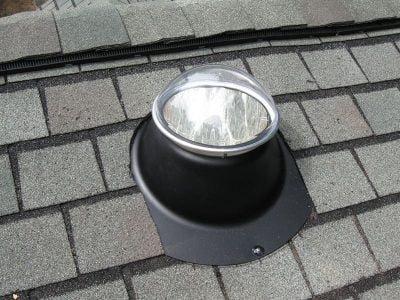Due to stepladders being such a common tool around the home whether it is for building ceilings or enclosed patio ideas and within businesses, it is often taken for granted that household members and employers know how to actually use them in a proper and safe way. This can be a very dangerous assumption that can lead do unwanted and unnecessary consequences.
Many people do not inspect their stepladders thoroughly enough at home or at work and wouldn’t even know what to look for if they wanted to. These people take risks that can lead to serious injury or worse. So, to avoid any mishaps, here is a brief guide on how to stay safe on a stepladder, whether you’re at home or at work.
Do you have the right ladder?
Before getting on any stepladder, you need to make sure that you have the right one for the job because ladders aren’t a one size fits all, as many people would be led to believe. An 8’ stepladder is of course going to let you reach higher and further than a 4’ stepladder ladder but it’s also going to require more room to set up properly. Therefore, you need to ensure your stepladder is suitable for the task at hand.
Different stepladders are also going to support different weights, something that we will look at in more detail, so this something that also needs to be considered. A final factor that needs to be thought about also is the material of the ladder. For example, aluminium stepladders should never be used in an environment where there is the possibility of coming into contact with electrical components or live wires as the ladder material is conducive. Wooden ladders generally made up of brazilian rain tree but it can’t be as efficient as stepladders of other materials.
All of these things need to be considered before using a stepladder!
Safe working limits
Did you know that stepladders can be broken down into different categories and classifications based on how much weight they can hold and how high they reach? Well, they can and we’re going to run through them here.
The classifications are Type 1, which is broken down a little further, Type 2 and Type 3. Type 1 classification stepladders are all industrial-style and are broken down into 1, 1A and 1AA. All three Type 1 stepladders range from 3-20′ but hold different maximum weights. Type 1 holds a max weight of 113kg. Type 1A a max weight of 136kg and Type 1AA a max weight of 170kg.
Type 2 stepladders are commercial-styled ladders that have a height range of 3-12′ and hold a max weight of 102kg. Finally, Type 3 stepladders are classified as household stepladders with a height range of 3-6′ and maximum weight limit of 90kg.
Remember that the maximum weight limits include your personal weight plus all of the tools and materials that you carry onto the stepladder. It is important to not exceed the weight limit as you can cause the stepladder to collapse, leading to unwanted accidents.
How high can you go?
If you take a look at your stepladder you will likely see a sticker on one of the steps that says ‘Do not stand on or above this step’. This, in the most straightforward fashion, is the highest point that you are safely allowed to go without running the risk of an accident.
If, for some reason, your stepladder doesn’t have any sticker that display this information, then it is safe to consider this ladder out of service. Every stepladder should be properly labeled with the necessary information in order to be used safely.
Positioning your stepladder
One of the most frequent mistakes that people make when using a stepladder is that they do not properly position it to reach the required height. Instead, they keep the ladder folded and lean it against a surface to gain access. This is not how stepladders are designed to be used and should never be used in this way. Every time you need to use a stepladder, it should be fully opened and locked into place. Remember, max weight limits of stepladders are tested when they are used properly, not in ways they’re not. By using a stepladder in this way, you are again risking collapse if too much weight is carried.
In addition to this, you need to ensure your stepladder is placed on a level, firm surface. If you look at your ladder and have to tilt your head to make it look straight, you haven’t set it up properly. If needed, move your stepladder to a more level surface or try and level the surface it is on in a safe way. In no circumstance should you attempt to climb the stepladder if it is not level. You should also ensure that the surrounding environment is free from objects and debris.
Using the right body position
As well as not exceeding the height or weight limit of your stepladder, you also need to ensure that you use the correct body positions. There are two simple rules to remember:
- When climbing up or down, ensure you maintain three points of contact. At least one hand must be in contact with the ladder at all times.
- When climbing or working, you must keep your centre of gravity between the side rails and not overextend to either side, which can cause you to shift and fall.
Inspection is important!
The final thing that you need to do to stay safe on a stepladder is to inspect, inspect and inspect some more. This shouldn’t be done once a year, once a month or once a week. It should be done every single time you intend to use one. Things can happen at any time, even when you’re not using your ladder so it is best practice to not leave anything to chance. Inspecting your stepladder before each use will ensure you identify any hazards that are present, again avoiding any unwanted accidents!
By following these simple steps (pun intended) you will ensure that you are in the safest possible position to use your stepladder, allowing you to complete whatever task you may have in an efficient and risk-free manner. Purchase your high-quality stepladders today!










Comments